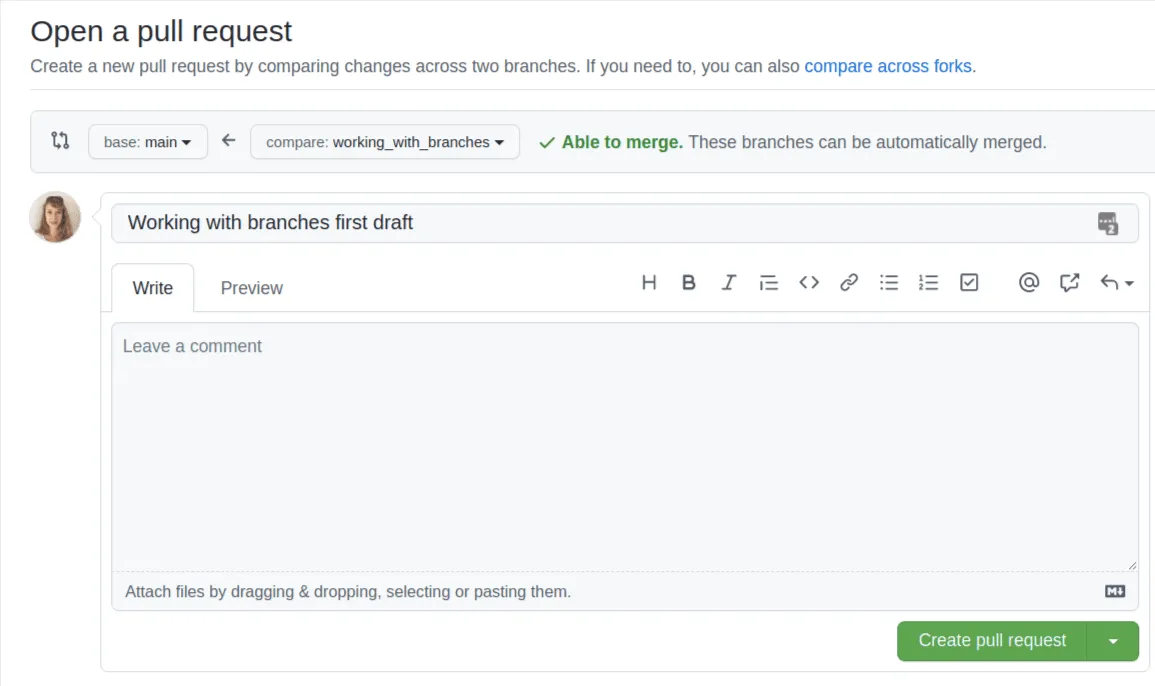Working with branches
In the Editing jobs locally section we
walked through the process of creating and adding your changes to the main
branch of a project.
However, most code change workflows involve sharing and reviewing changes before
deployment. You can do this by creating, testing and sharing your changes on a
new branch, then, once final, merging them into main for deployment.
There are LOTS of different strategies for branching and reviewing code on Git. (Like GitHub Flow or "That Famous @nvie Post" for example!) This guide is meant to give you a very brief introduction to branches in Git, but it is not meant to dictate the "right way".
Let's pick up the workflow when you git pull -ed the latest changes of the
repo to your local folder.
-
Running
git checkout -b {branch_name}will create and switch over to a new branch. When you start editing your jobs, the changes will be kept on this branch, managed separately frommain. -
To test the changes locally, check out the The CLI docs.
-
Just as you've seen when working on
main, when you're done check which files you changed withgit status. -
Then use
git add {filepath}followed bygit commit -m {change notes}to prepare the changes to be merged into the repo. -
The following command will push your changes to the remote repository as a separate, new branch:
git push --set-upstream origin {branch_name}. -
On GitHub, you can create a Pull Request to get your changes reviewed and approved.


-
As you keep working with branches, make sure you check which branch you're on with
git status.

-
To keep your local copy up to date with the remote repo, switch to
mainwithgit checkout mainand hitgit pullto pull any changes. -
If you're still working on your separate branch while
mainhas been updated, usegit checkout {branch_name}followed bygit merge mainto copy over new changes frommainto your branch.